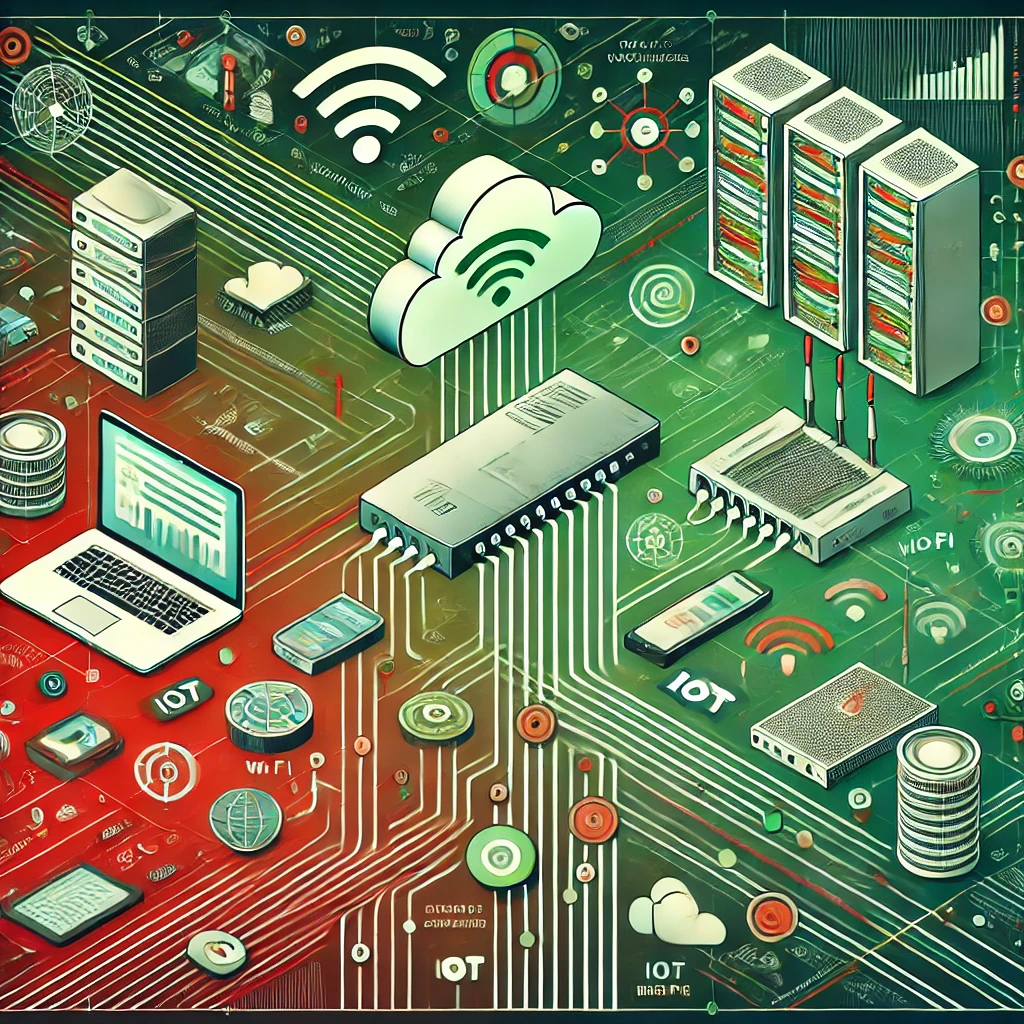Half-Duplex vs. Full-Duplex Communication: A Comprehensive Guide

Categories:
3 minute read
In the realm of data communication, understanding the nuances of data transmission modes is crucial. Two primary modes, half-duplex and full-duplex, govern the flow of data between devices. While both have their specific applications, their distinct characteristics significantly impact network performance and efficiency.
Half-Duplex Communication
Half-duplex communication is a mode of data transmission where data can flow in both directions, but only one direction at a time. It’s akin to a one-lane bridge where cars can travel in either direction, but not simultaneously.
Key Characteristics of Half-Duplex Communication:
Shared Medium: Both devices share the same communication channel.
Turn-Taking: Devices must take turns to transmit and receive data.
Lower Efficiency: The shared medium limits the overall data throughput.
Simpler Implementation: Half-duplex systems are generally simpler to implement. Real-world Examples of Half-Duplex Communication:
Walkie-Talkies: Users must press and release the “talk” button to transmit and listen.
Early Modems: Older modems often operated in half-duplex mode, requiring users to switch between transmit and receive modes.
Some Wireless Networks: Certain wireless networks, particularly older ones, may operate in half-duplex mode, especially in congested environments. Full-Duplex Communication
Full-duplex communication, on the other hand, allows data to flow in both directions simultaneously. It’s analogous to a two-lane highway where cars can travel in both directions independently.
Key Characteristics of Full-Duplex Communication:
Dedicated Channels: Separate channels are used for transmission and reception.
Simultaneous Transmission and Reception: Devices can transmit and receive data concurrently.
Higher Efficiency: Full-duplex systems offer higher data throughput.
Complex Implementation: Full-duplex systems are generally more complex to implement. Real-world Examples of Full-Duplex Communication:
Telephone Conversations: Both parties can talk and listen simultaneously.
Modern Modems: Most modern modems operate in full-duplex mode, enabling efficient data transfer.
Ethernet Networks: Ethernet networks, the backbone of many computer networks, typically operate in full-duplex mode, allowing high-speed data transfer. Choosing the Right Mode: Factors to Consider
The choice between half-duplex and full-duplex communication depends on several factors:
Required Data Rate: If high data rates are required, full-duplex is the preferred choice.
Latency Sensitivity: For applications that require low latency, full-duplex is more suitable.
Cost: Half-duplex systems are generally less expensive to implement.
Complexity: Full-duplex systems are more complex and may require additional hardware or software. Hybrid Communication Modes
In some cases, hybrid communication modes are employed to combine the benefits of both half-duplex and full-duplex. For example, time-division multiplexing (TDM) can be used to divide a full-duplex channel into multiple half-duplex channels, allowing multiple devices to share the same channel.
the Future of Communication Modes**
As technology continues to evolve, the demand for higher data rates and lower latency will drive the adoption of full-duplex communication. Emerging technologies like 5G and Wi-Fi 6 are pushing the boundaries of wireless communication, enabling more efficient and reliable full-duplex transmission.
In conclusion, understanding the differences between half-duplex and full-duplex communication is essential for network engineers, system administrators, and anyone involved in data communication. By carefully considering the specific requirements of a network, the appropriate communication mode can be selected to optimize performance and efficiency.
Feedback
Was this page helpful?
Glad to hear it! Please tell us how we can improve.
Sorry to hear that. Please tell us how we can improve.